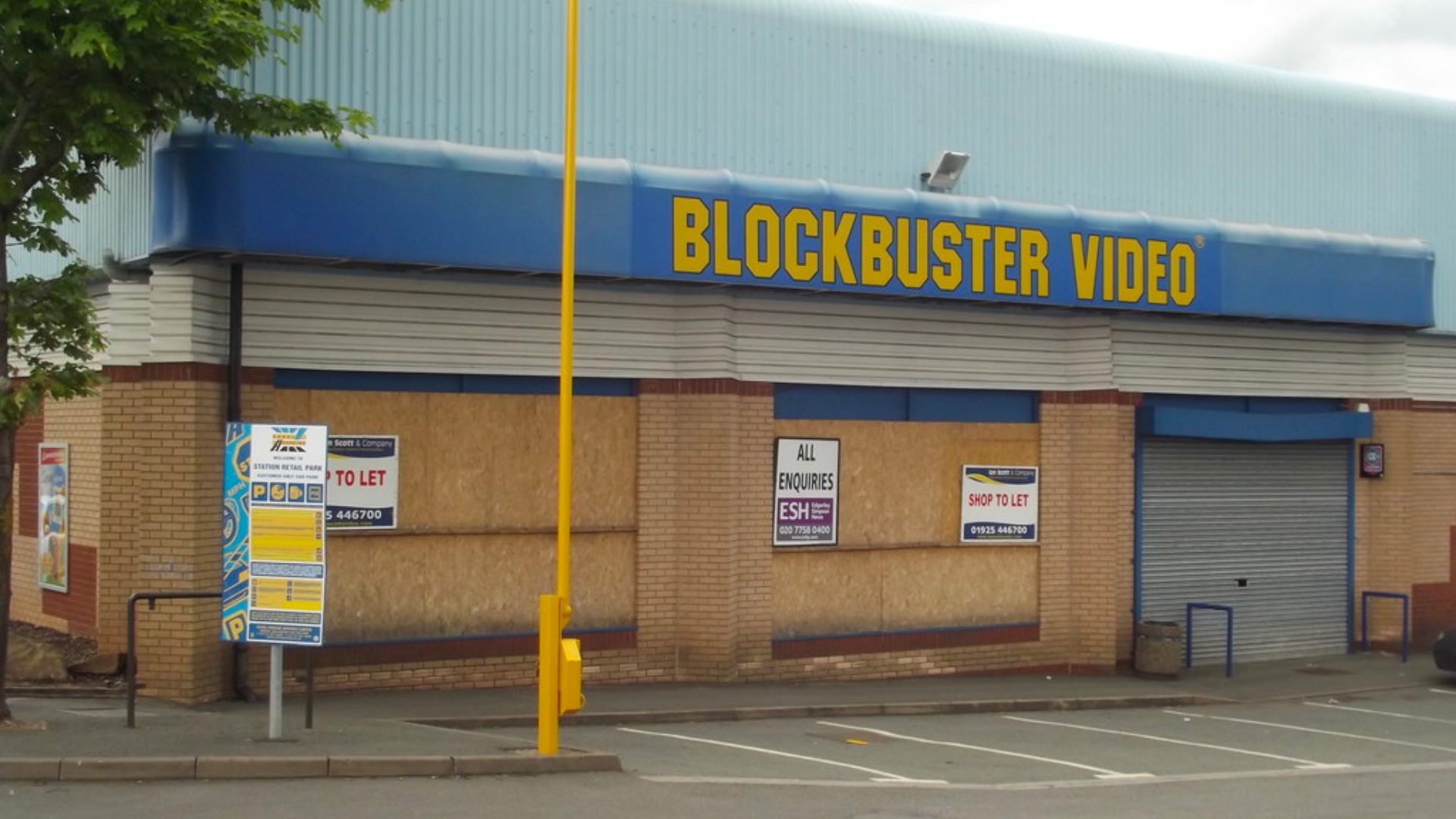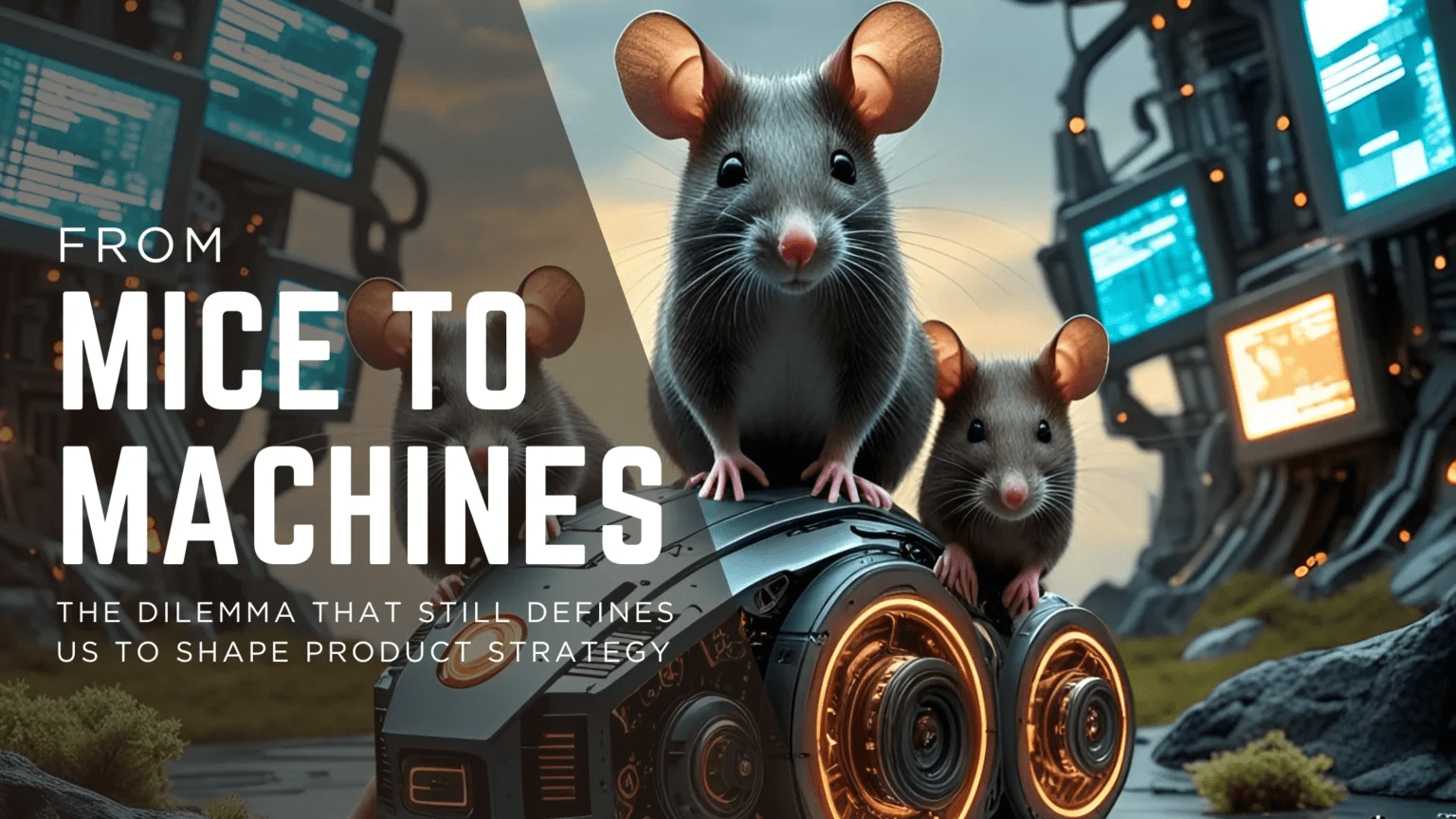Mar21

Blockbuster Video was once a dominant force in the video rental industry. At its peak, the company had over 9,000 stores and generated billions of dollars in revenue. However, Blockbuster's business model became outdated, and the company failed to adapt to changing consumer preferences. In 2010, Blockbuster filed for bankruptcy, and all its remaining stores closed by 2014. The failure of Blockbuster Video provides important lessons about business model innovation that entrepreneurs and business leaders can learn from.
Lesson 1: Adapt to changes in consumer behaviour
Blockbuster's demise can be primarily attributed to its inability to adapt to changes in consumer behaviour. In the early 2000s, the rise of digital streaming services such as Netflix and Hulu made it possible for consumers to watch movies and TV shows without leaving their homes. Instead of embracing this new technology, Blockbuster focused on its brick-and-mortar stores, which were becoming less and less relevant to consumers.
Entrepreneurs and business leaders need to be aware of changes in consumer behaviour and adapt their business models accordingly. This might mean embracing new technologies, offering new products and services, or finding new ways to engage with customers. Failure to adapt to changes in consumer behaviour can quickly lead to irrelevance and, ultimately, failure.
Lesson 2: Embrace innovation and experimentation
Blockbuster's lack of innovation and experimentation also contributed to its failure. The company was slow to adopt new technologies and was hesitant to try new things. This made it difficult for Blockbuster to compete with newer, more innovative companies like Netflix and Redbox.
Entrepreneurs and business leaders should always look for innovative ways to experiment with their business models. This might mean testing new products or services, trying new marketing strategies, or exploring new revenue streams. By embracing innovation and experimentation, businesses can stay ahead of the curve and avoid becoming obsolete.
Lesson 3: Focus on customer experience
One of the reasons Blockbuster was so successful in its early years was its focus on customer experience. Blockbuster stores were clean, well-organized, and staffed with knowledgeable employees. However, as the company grew, it began to lose sight of its focus on customer experience. Stores became cluttered, employees became less helpful, and customers began to have a less enjoyable experience.
Entrepreneurs and business leaders should always prioritize the customer experience. This means creating a welcoming and inviting atmosphere, training employees to be knowledgeable and helpful, and regularly soliciting customer feedback. By focusing on customer experience, businesses can build loyal customer bases that will continue to support them even as the industry evolves.
Lesson 4: Don't get complacent
Blockbuster's downfall can also be attributed to its complacency. The company was so successful for so long that it began to believe it was invincible. As a result, it failed to innovate, experiment, and adapt to changes in consumer behaviour.
Entrepreneurs and business leaders should never become complacent. No matter how successful a business is, there is always room for improvement. By continually striving to innovate, experiment, and adapt, businesses can stay ahead of the curve and avoid becoming complacent.
In conclusion, the failure of Blockbuster Video provides important lessons about business model innovation that entrepreneurs and business leaders can learn from. By adapting to changes in consumer behaviour, embracing innovation and experimentation, focusing on customer experience, and avoiding complacency, businesses can stay ahead of the curve and avoid becoming obsolete.
By Andrew Constable MBA, XPP, BSMP
Keywords: Business Strategy, Innovation
 Building an Intelligent Flight Assistant: A Multi-Level AI Journey - Agentic and Gemini 2.5 Flash
Building an Intelligent Flight Assistant: A Multi-Level AI Journey - Agentic and Gemini 2.5 Flash The Excel Trap
The Excel Trap From Mice to Machines: The Dilemma That Still Defines Us to shape Product Strategy
From Mice to Machines: The Dilemma That Still Defines Us to shape Product Strategy Seven Rules of Brilliant Speakers That Are Not Taught at University
Seven Rules of Brilliant Speakers That Are Not Taught at University When Private Alignment Isn’t Public: The Hidden Saboteur of Transformation
When Private Alignment Isn’t Public: The Hidden Saboteur of Transformation